How to Make a Herbal Salve and Ditch Neosporin

When you’re dealing with small cuts or scratches, it’s second nature to reach for antibiotic ointments like Neosporin. But did you know that these products often don’t live up to their promises, and worse, can even irritate your skin?
After using store-bought ointments for years, I discovered that many contain petroleum-based ingredients, which can block airflow to your wound and prevent proper healing.
Once I realized that making my own antibiotic, herbal salve was quick, easy, and far more effective, I ditched the commercial stuff for good.
Why you should skip Neosporin
Neosporin and similar products may claim to speed up recovery and protect your skin from infection, but they often come with hidden downsides.
Petroleum, a key ingredient in most store-bought ointments, essentially suffocates your skin. It forms a barrier that keeps moisture trapped, making it harder for wounds to heal.
On top of that, the tiny amount of "natural oils" in these products does little to soothe or heal your skin. You end up paying for a product that doesn’t live up to the hype.
My go-to herbal salve
Instead of relying on Neosporin, I now keep a homemade herbal salve stocked in my kitchen and purse at all times.
It’s a fast, cost-effective remedy that takes just a few minutes to whip up, using common ingredients like lavender, calendula, coconut oil, and beeswax.
What I love most is how versatile and gentle this salve is. It not only promotes faster healing but also nourishes the skin without causing irritation.
The key to this salve’s healing power lies in its natural ingredients. Here’s what makes it so effective:
Lavender: This herb is a natural anti-inflammatory and astringent, making it perfect for healing burns, bites, and wounds. Fresh or dried lavender buds work best, and they’re full of essential oils that have been used for centuries to speed recovery.
Calendula: Known for its potent skin-healing properties, calendula helps reduce inflammation and promotes the regeneration of new skin. It’s the star herb in this salve, making it ideal for cuts, scrapes, and even rashes.
Coconut oil & olive oil: These oils form the base of the salve. Both have antibacterial, antifungal, and antiviral properties, helping to cleanse the wound and keep it free of infection. Plus, they are packed with antioxidants and vitamins that deeply nourish the skin.
Beeswax: Acting as a natural emulsifier, beeswax keeps the salve firm while also creating a breathable barrier that protects your skin and promotes healing.
How to make a herbal salve
Making this salve couldn’t be easier. Here’s the simple herbal salve recipe I follow:
1. Harvest & dry your herbs: I grow my own lavender and calendula right on my deck using vertical planters, but you can also source dried herbs from a local store. Once harvested, I dry the herbs using a dehydrator to ensure they’re crisp and ready to use.
2. Infuse your oils: In a double boiler, I combine half a cup of coconut oil with half a cup of extra virgin olive oil. Then, I add about a third cup each of dried lavender, calendula, and rose petals (for extra skin hydration). I let the herbs gently infuse into the oils for about 30 minutes.
3. Strain & add beeswax: After the oils are infused, I strain the mixture to remove the herbs and return the oil to the double boiler. Then, I add four tablespoons of beeswax pellets and one tablespoon of shea butter. These help solidify the salve and add extra moisturizing power.
4. Add essential oils: For an extra healing boost, I stir in 10 drops of tea tree oil (for its antibacterial properties) and five drops of lavender essential oil to enhance the salve’s soothing effect.
5. Store & use: Once the mixture is melted and well-combined, I pour it into small jars or lip balm tubes and let it solidify. The salve keeps for up to a year at room temperature, making it a great alternative to store-bought ointments.
Why this herbal salve beats Neosporin
Not only does this herbal salve offer faster relief and better results than Neosporin, but it also contains none of the harsh chemicals or potential irritants found in many OTC ointments.
Because the beeswax melts into your skin, it allows the wound to breathe and heal naturally. The lavender and calendula help soothe inflammation and reduce redness, while coconut oil ensures the wound stays clean and moisturized.
Whether I’m treating a minor scrape, an insect bite, or even a small burn, this salve has become my go-to remedy. And the best part? It’s 100% natural, safe, and effective for the whole family.
Time to ditch Neosporin
If you’re still using Neosporin or other store-bought antibiotic ointments, it’s time to make the switch. This herbal salve is not only better for your skin but also incredibly easy and affordable to make.
Plus, you’ll love the peace of mind that comes from knowing exactly what’s in the product you’re using on your body.
So next time you need to treat a minor wound, skip the petroleum-based ointments and opt for this fast, natural alternative instead. Your skin will thank you!
Will you give this DIY herbal salve a go? Comment down below.






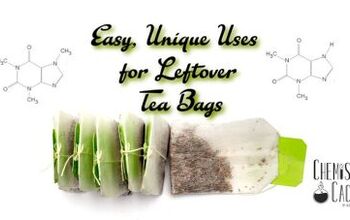

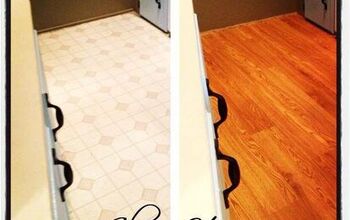



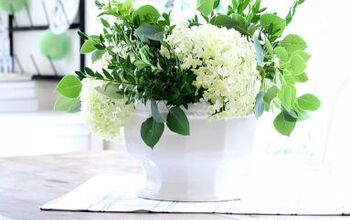

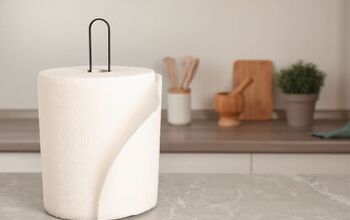

![101 Items to Get Rid of With No Regret [Free Declutter List]](https://cdn-fastly.thesimplifydaily.com/media/2022/08/30/8349390/101-items-to-get-rid-of-with-no-regret-free-declutter-list.jpg?size=350x220)





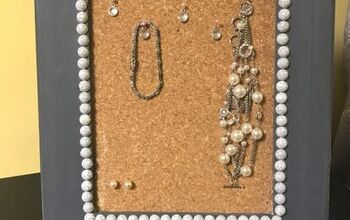

Comments
Join the conversation